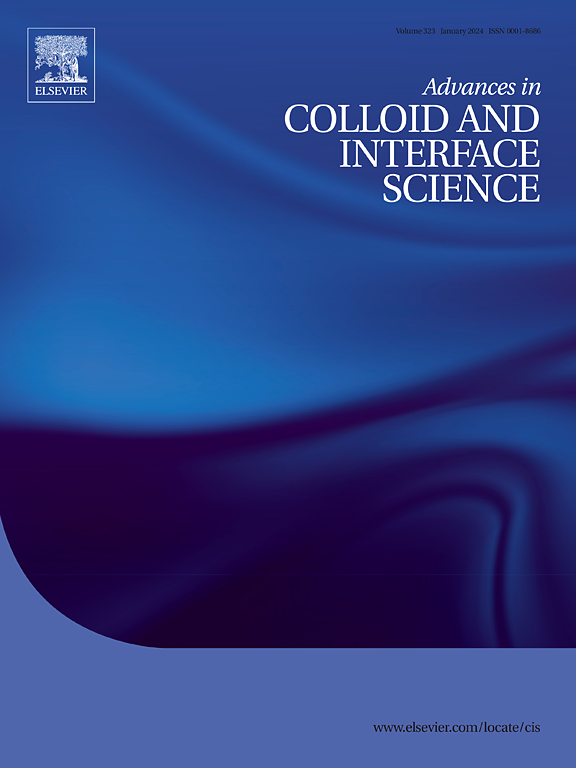Advances in photothermal therapy for cancer and bacterial cells ablation using various nanomaterials
IF 15.9
1区 化学
Q1 CHEMISTRY, PHYSICAL
引用次数: 0
Abstract
Bacterial pathogens can cause severe infections leading to mortality and morbidity. The current method of treatment for bacteria is the use of multiple antibiotics. Due to the overuse of antibiotics, many bacteria have become antibiotic-resistant. An alternative and effective treatment for bacterial infection is needed, and photothermal therapy (PTT) has emerged as a new solution for treating bacterial infection. Similarly, one of the main challenges in cancer treatment is the overuse of drugs that have multiple side effects. In recent years, there have been significantly more research activities in alternative therapy for pathogenic bacteria and cancer cells. Recently, PTT has also been used to treat various medical conditions like cancer, bacterial infections, or bacterial biofilm. Different kinds of nanomaterials like gold nanoparticles (AuNPs), Graphene Oxide (GO), Carbon nanotubes (CNTs), etc. have been explored for this purpose. In this particular review, we will elaborate on different kinds of nanomaterials (metallic, non-metallic, polymeric) widely used for PTT applications for bacteria and cancer cells. These kinds of nanoparticles have strong absorption in the NIR region and can convert light energy into heat energy, leading to hyperthermia. Further different types of PTT will be elaborated on, along with challenges and future applications. The current review will pave a new way for the therapeutic potential of different nanomaterials for bacterial infection and cancer treatment.

利用各种纳米材料对肿瘤和细菌细胞进行光热消融的研究进展
细菌性病原体可引起严重感染,导致死亡率和发病率。目前治疗细菌的方法是使用多种抗生素。由于抗生素的过度使用,许多细菌已经产生了耐药性。需要一种替代的、有效的治疗细菌感染的方法,光热疗法(PTT)已成为治疗细菌感染的一种新方法。同样,癌症治疗的主要挑战之一是过度使用具有多种副作用的药物。近年来,对致病菌和癌细胞的替代疗法的研究明显增多。最近,PTT也被用于治疗各种疾病,如癌症、细菌感染或细菌生物膜。不同种类的纳米材料,如金纳米颗粒(AuNPs)、氧化石墨烯(GO)、碳纳米管(CNTs)等,已经为此目的进行了探索。在这篇特别的综述中,我们将详细介绍不同种类的纳米材料(金属、非金属、聚合物)广泛用于细菌和癌细胞的PTT应用。这类纳米颗粒在近红外区有很强的吸收,可以将光能转化为热能,导致热疗。将进一步阐述不同类型的PTT,以及挑战和未来的应用。本综述将为不同纳米材料在细菌感染和癌症治疗中的治疗潜力开辟新的道路。
本文章由计算机程序翻译,如有差异,请以英文原文为准。
求助全文
约1分钟内获得全文
求助全文
来源期刊
CiteScore
28.50
自引率
2.60%
发文量
175
审稿时长
31 days
期刊介绍:
"Advances in Colloid and Interface Science" is an international journal that focuses on experimental and theoretical developments in interfacial and colloidal phenomena. The journal covers a wide range of disciplines including biology, chemistry, physics, and technology.
The journal accepts review articles on any topic within the scope of colloid and interface science. These articles should provide an in-depth analysis of the subject matter, offering a critical review of the current state of the field. The author's informed opinion on the topic should also be included. The manuscript should compare and contrast ideas found in the reviewed literature and address the limitations of these ideas.
Typically, the articles published in this journal are written by recognized experts in the field.

 求助内容:
求助内容: 应助结果提醒方式:
应助结果提醒方式:


